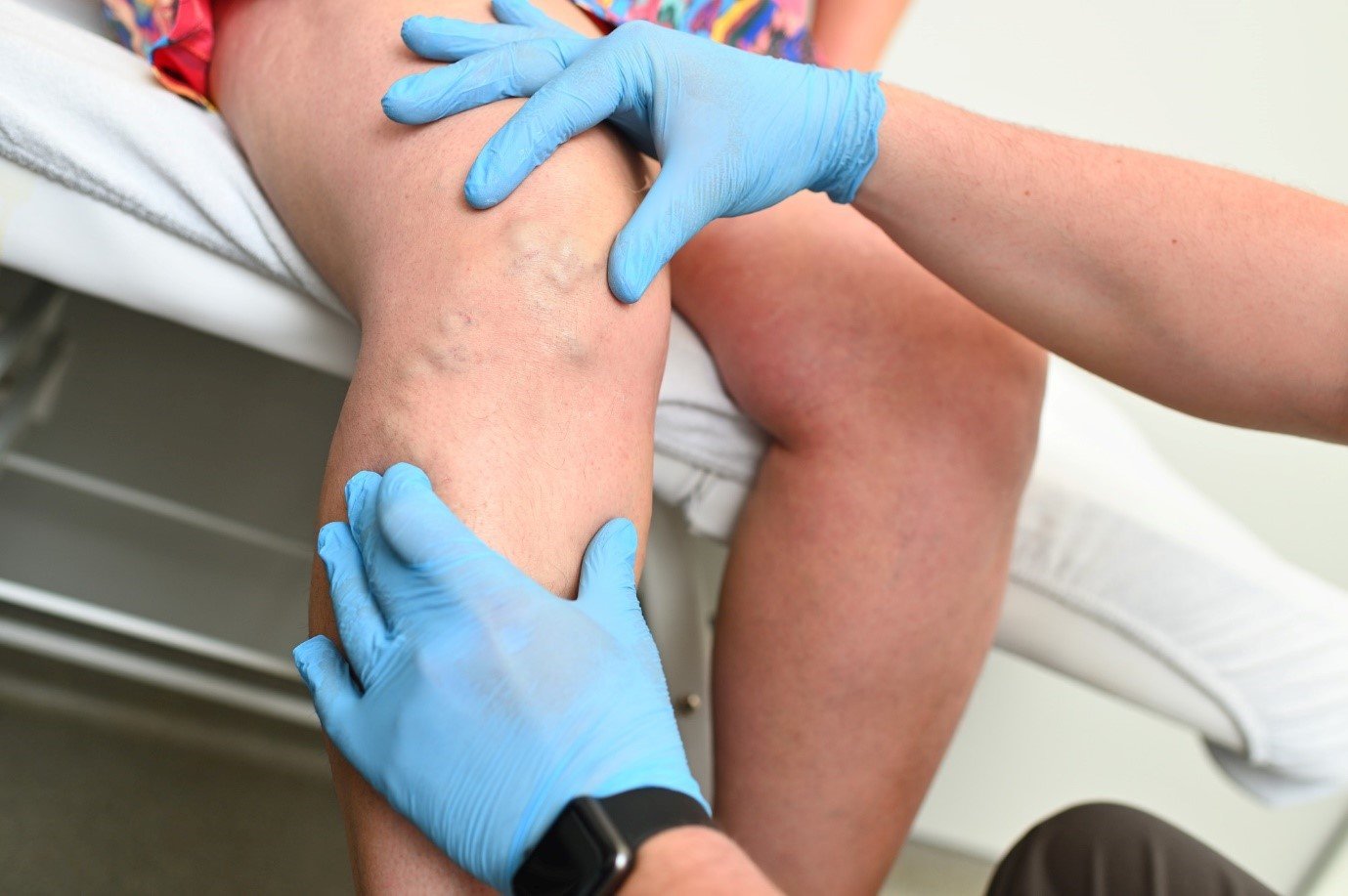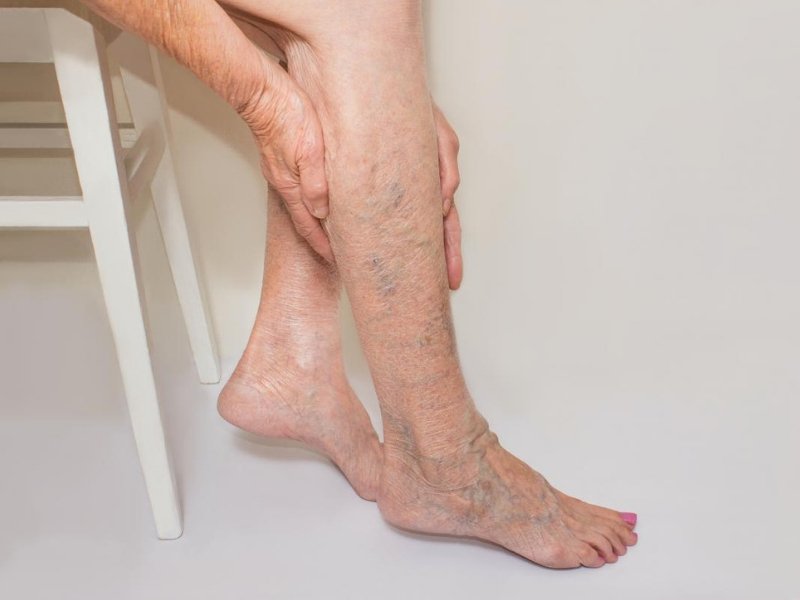Varicose veins are a common vascular issue affecting millions of individuals worldwide. These enlarged, twisted veins can cause discomfort, pain, and cosmetic concerns. While there are several treatment options available, one approach that has gained prominence in recent years is combination therapy. This approach involves using multiple treatments in tandem to achieve better outcomes for patients. In this blog, we’ll explore the concept of combination therapies for varicose veins, how they work, and their advantages.
Understanding Varicose Veins:
Varicose veins occur when the valves in the veins weaken or become damaged, leading to a backflow of blood and the enlargement of the vein. They typically appear as swollen, bulging veins that are often painful, especially when standing or walking. The most common locations for varicose veins are in the legs, where gravity places extra pressure on the veins.
The Need for Varicose Vein Treatment:
Left untreated, varicose veins can lead to a range of complications, including skin changes, ulcers, and blood clots. For many individuals, the symptoms of varicose veins can be debilitating and impact their quality of life. This is why seeking treatment is essential.
Traditional Varicose Vein Treatments:
Several treatment options have been available for varicose veins, including:
- Sclerotherapy: This involves injecting a solution into the vein, causing it to collapse and eventually disappear.
- Endovenous Laser Ablation (EVLA): A minimally invasive procedure that uses laser energy to seal off problematic veins.
- Radiofrequency Ablation (RFA): Similar to EVLA, RFA uses radiofrequency energy to close the affected vein.
- Vein Stripping Surgery: A traditional surgical procedure that involves the removal of the damaged vein.
Each of these treatments has its advantages and may be more suitable for different types of varicose veins. However, they all aim to close or remove the affected vein, redirecting blood flow to healthier veins.
The Rise of Combination Therapies:
Combination therapies for varicose veins have emerged as an innovative approach to optimize treatment outcomes. These therapies involve using multiple treatment modalities in sequence or simultaneously to address the unique needs of each patient. Here’s how combination therapies work:
1. Personalized Treatment Plans:
- The first step in combination therapy is a thorough evaluation by a vascular specialist who tailors the treatment plan to the individual patient’s needs. This may include a combination of minimally invasive procedures and/or surgical interventions.
2. Addressing Different Veins:
- Varicose veins can vary in size and location. Combination therapies allow healthcare providers to target different veins with the most appropriate treatment for each. For example, smaller veins may respond well to sclerotherapy, while larger ones might require laser or radiofrequency treatment.
3. Improved Patient Outcomes:
- The goal of combination therapy is to maximize treatment effectiveness, reduce the risk of recurrence, and minimize discomfort. By combining various treatments, healthcare providers can enhance patient outcomes.
Advantages of Combination Therapies:
- Customized Treatment: Combination therapies are highly customizable, allowing for the tailoring of treatment to each patient’s unique needs.
- Comprehensive Care: Varicose veins can be complex, involving different veins of varying sizes. Combination therapies offer a comprehensive approach to addressing all aspects of the condition.
- Enhanced Results: By combining various treatment modalities, healthcare providers can achieve better results, often with fewer treatment sessions.
- Minimally Invasive: Many combination therapies are minimally invasive, resulting in less discomfort and shorter recovery times compared to traditional surgical options.
- Reduced Risk of Recurrence: The multifaceted approach of combination therapies can reduce the risk of varicose veins reappearing after treatment.
Patient Considerations:
If you’re considering combination therapy for your varicose veins, here are some important factors to keep in mind:
- Consult with a vascular specialist to determine if combination therapy is suitable for your specific case.
- Discuss the various treatment options and their potential benefits.
- Ask about the expected outcomes, including the reduction of symptoms and cosmetic improvement.
- Understand the potential risks and complications associated with the treatments.
In conclusion, combination therapies for varicose veins represent an exciting and effective approach to treating this common vascular condition. These therapies are highly personalized, offer a range of treatment options, and have the potential to improve patient outcomes while minimizing discomfort and recovery time. If you’re dealing with varicose veins, it’s essential to consult with a qualified vascular specialist who can assess your condition and recommend the most suitable treatment plan, which may include combination therapy.




